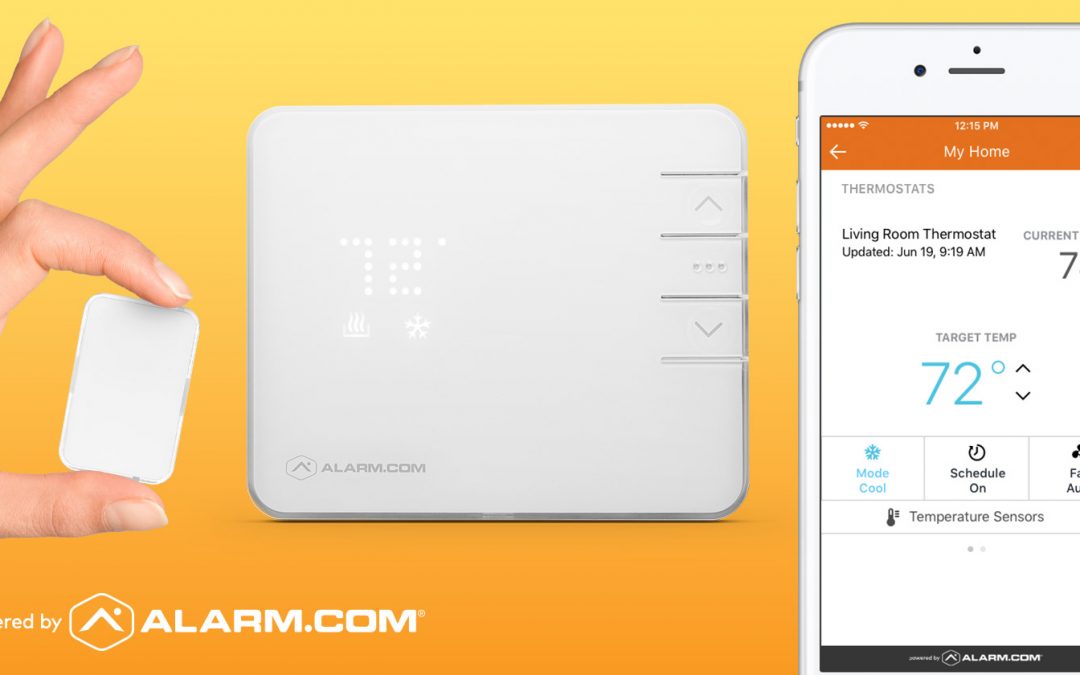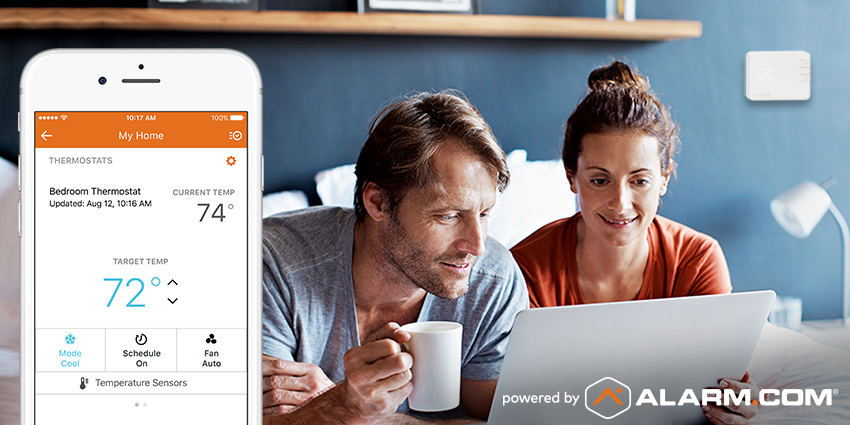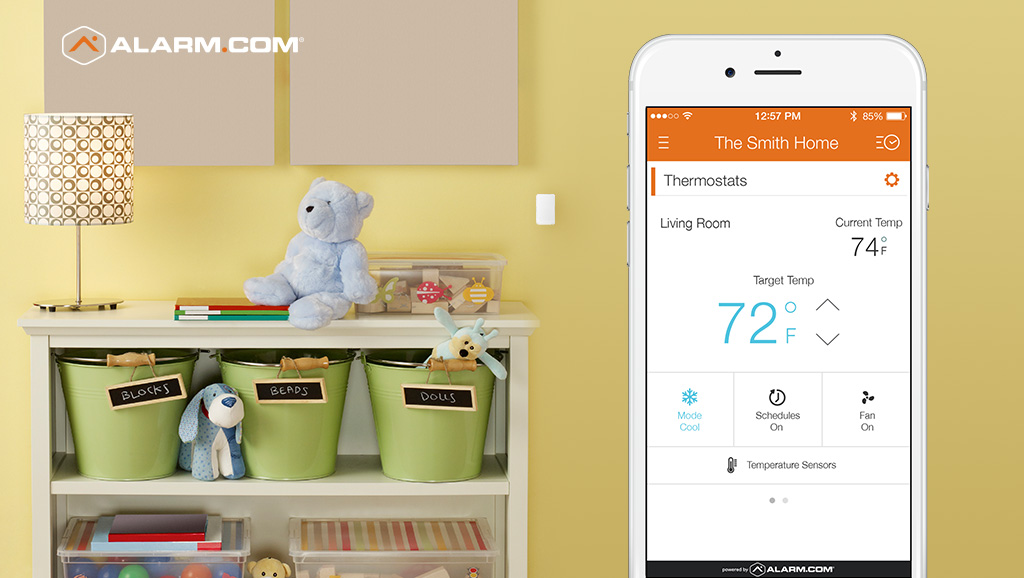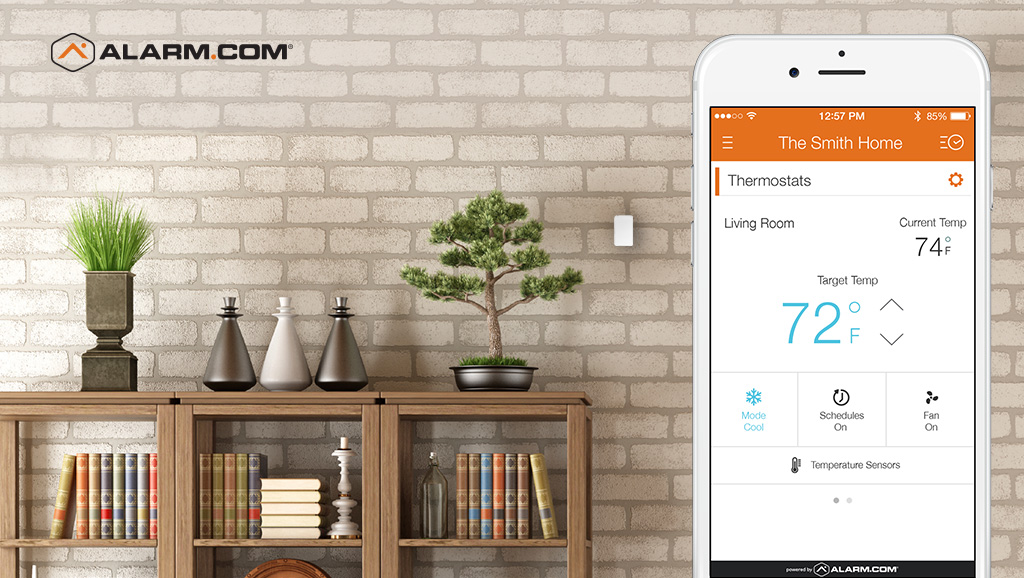A typical thermostat does a great job at keeping the “stationed room” at a comfortable temperature. However, how are you supposed to keep the other rooms in the house at a comfortable temperature?
The heat outside is making your bedroom uncomfortable (75 degrees). You’re dozing off in your home office (76 degrees) and you’re roasting in the kitchen (79 degrees).
From your thermostat’s perspective, your home’s climate is perfect.
The problem: thermostats have a one-room view
Most thermostats only know the temperature of the room that they are mounted in. A typical thermostat is generally kept in the hallway because it is the central location of the home.
In grueling heat of Southeast Texas weather, the “one-size-fits-all” approach can fall seriously short on delivering comfort.
“Hot rooms” develop because of how far they are from the thermostat. This usually causes you to have to adjust the thermostat in order to have that room at a comfortable temperature.
What if there was a better way?
Introducing the Smart Thermostat with temperature sensors
A smart thermostat is different than other thermostats. The thermostat is integrated with your smart security system, it understands more about what’s happening around your home and takes intelligent actions on your behalf.
Temperature sensors can be installed on any wall in any room. Each sensor feeds the temperature of the room back to the thermostat. This allows the smart thermostat the ability to mitigate hot rooms with an approach known as “precision comfort.”
Precision comfort lets you switch the smart thermostat’s main point of reference (the hallway) to any temperature sensor in your home.
If you want the temperature to stay at 72 degrees in your bedroom, you can specify which temperature sensor and the thermostat will cool the house until your bedroom is perfect.
Creating a precision comfort schedule
You can even create a smart cooling schedule that allows you to customize your home’s everyday activity. This allows you to “cool down” particular rooms of the house during certain times of the day.
For example, you can specify the bedroom temperature to be a cool 70 degrees when night falls.
In the morning, when everyone leaves the house, your schedule can revert to the main thermostat, targeting 75 degrees to save energy.
The more specific your routine, the more specific you can be. For example, you can set your home office to be a cool 72 degrees on Wednesday afternoons.
Use multi-room averages for a balanced temperature
If you are not on a set schedule or your family’s routine can be a bit unpredictable, you can ‘average’ your temperature sensor to create a more balanced level of comfort around the house.
To create an average, select the sensors in the rooms that matter most and instruct your smart thermostat to target an average temperature between them.
For example, in the evening, you can target your comfort around the main thermostat area, the living room, and the nursery, for a level of general comfort that takes everyone into account.
Sounds comfortable! But what about my energy bill?
The Smart Thermostat has a huge range of energy saving options. Give us a call if you are interested in a Smart Thermostat (409) 792-9212.




